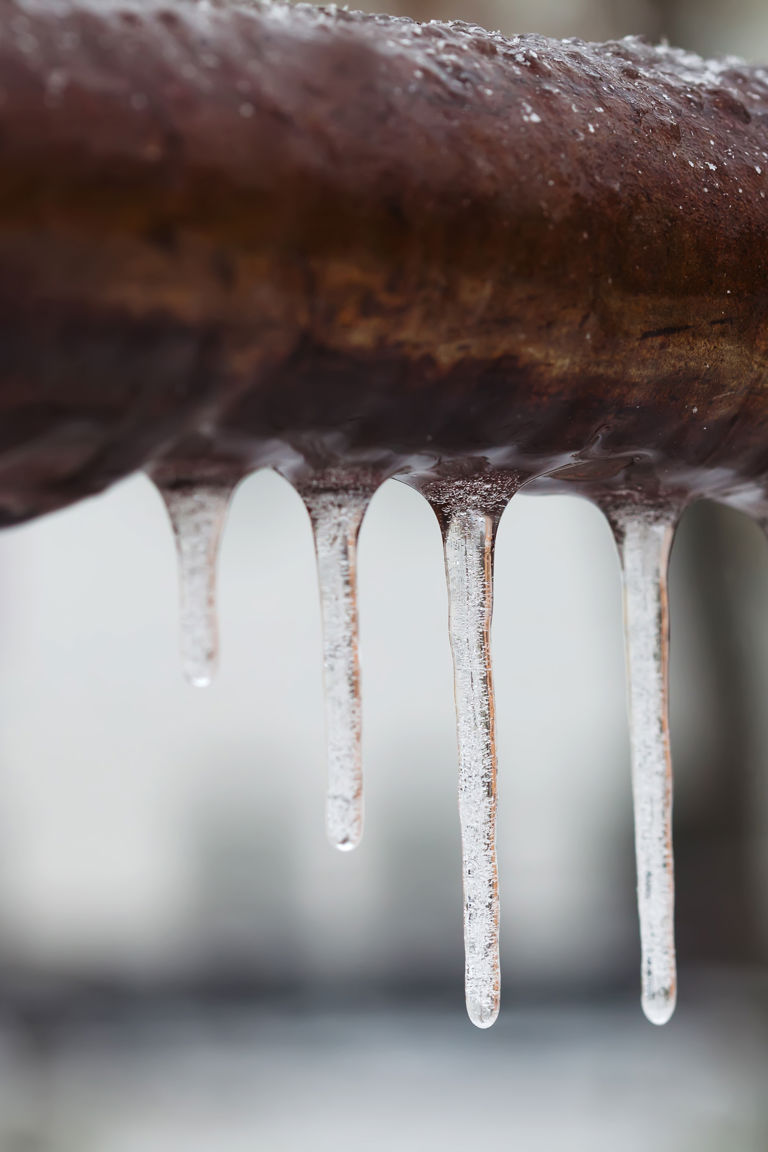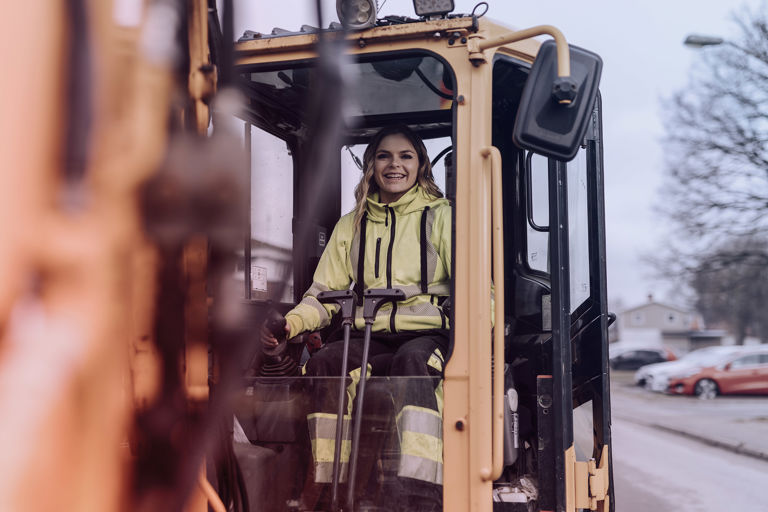
3 tips for heating your premises in winter from a risk management expert
Heating-related damage, such as leak damage, fires, electric shocks and gas leaks, are quite common in winter. These damages are usually also quite expensive. Most often, the cause is weak or too infrequent maintenance, misuse of equipment, faulty equipment or stresses caused by frost. In this article, we'll give you three tips to avoid heating-related damage in winter.

Damage related to heating often causes large financial losses and can interrupt operations, damage the reputation of the organization or even endanger the health and safety of staff and customers. Our risk management and damage expert Jarkko Malola gives tips on winter heating from a risk management perspective.
1. Take care of the heat and protection of water pipes
Freezing and cracking of water pipes is one of the most common causes of leak damage in winter. Water leaks can wet structures, equipment and materials. They can also cause moisture and mold problems, which can then deteriorate the condition of the building and cause health hazards.
When it comes to water pipe protection, you should go through the following:
- Take care of trace heating. Trace heating means that electrical resistors are installed in the water pipes to keep the pipes thawed in sub-zero temperatures. Trace heating is especially important for water pipes in external walls and cold rooms. Check that the trace heating is working and switched on for the winter.
- Check the condition of additional insulation. Additional insulation refers to insulation used around water pipes, such as wool or plastic, that protects pipes from the cold. However, additional insulation is not a substitute for trace heating.
- In severe frosts, it is a good idea to check empty spaces daily. If the building is empty or rarely used, it is important to check that the heating is working and that the water pipes are not frozen. If you find leaks or frozen pipes, immediately close the main shut-off, if possible, drain the water supply network and contact service.
- Keep doors and windows sealed and intact. Doors and windows are the weakest points in a building that can allow cold air in, causing water pipes to freeze. Check that doors and windows are sealed and free of cracks or broken glass.
- Keep maintenance heat at least 12 degrees Celsius. Even in empty spaces, it is advisable to keep the maintenance heat on. It prevents water pipes from freezing and reduces moisture problems. If there are sensitive equipment or materials in the premises, the maintenance temperature should be even higher than this.
If the building is not in use for a long time or at all in winter, it is safest to completely close the main locks and drain the water supply network. In this case, no water remains in the water pipes, which, if frozen, could cause leaks and damage. However, it is worth remembering that if the building is sprinkler protected, the sprinkler system must be left in working order.
2. Use additional heaters correctly
Additional heaters are handy tools when you want to add heat to rooms where heating is not sufficient or functional. However, auxiliary heaters can pose risks such as fires, electric shocks, gas leaks or carbon monoxide poisoning. With regard to the use of additional heaters, the following guidelines should be followed:
- Use the equipment according to the instructions. Do not use additional heaters contrary to instructions or in the wrong place. Also, do not leave them on when leaving the premises. Do not cover heaters or place them near combustible materials. In damp rooms, use heaters designed only for damp rooms.
- Orient the heating correctly. Direct the heat from the auxiliary heater horizontally to where it is needed. It is good to note that heat should not be directed to walls, ceilings, windows or door crevices, as this can cause thermal expansion and cracking.
- Repair or replace faulty heaters immediately. Check the condition of the auxiliary heaters regularly and maintain them if necessary. If there is a fault with the auxiliary heater, such as a broken wire, switch, thermostat or burner, do not use it, but repair or replace it with a new one.
- Pay attention to the power of the heaters in relation to the fuses. Choose additional heaters that fit into the electrical system of the premises and do not overload the electrical network with too powerful or many additional heaters. Check that the fuses are large enough and that the wires are in order. If fuses often blow or wires overheat, reduce the use of additional heaters or contact an electrician.
3. Take care of the operation and heating of the sprinkler system
A sprinkler system can save lives, prevent major property damage, and reduce smoke and soot damage. However, it can also cause problems such as water leaks, malfunctions, or accidental tripping. In winter, there are a few things to consider regarding the operation of the sprinkler system:
- The temperature in the sprinkler pump room should be at least 10 degrees if the pump is diesel-powered, as diesel can solidify in sub-zero temperatures and prevent the pump from working. If the pump is electrically driven, the temperature may be lower, but not below zero. Check that the sprinkler pump room has working heating and a thermometer, and that the space is isolated from outside air.
- In freezing temperatures, it is also a good idea to ensure the availability of water sources – monitor the temperature of the water tanks and connect the alarm limit to the maintenance systems. This will notify you if the temperature drops too low. If the water source is open water, check that the suction pipe is deep enough and protected in case of freezing.
- Above-ground supply pipes must be trace heated and well insulated, as they can freeze and crack in frost. Also check that there are no leaks or blockages in the supply pipes.
With these tips, you can keep your business premises warm, safe and functional even in winter. However, heat-related damage is not the only risk that winter can pose. Therefore, it is a good idea to carry out a comprehensive risk assessment and analysis of the company's facilities, equipment and operations, and to ensure that you have adequate insurance coverage just in case.
If you need help with risk management or, for example, would like to put your insurance cover out to tender, please contact us using the form below.




